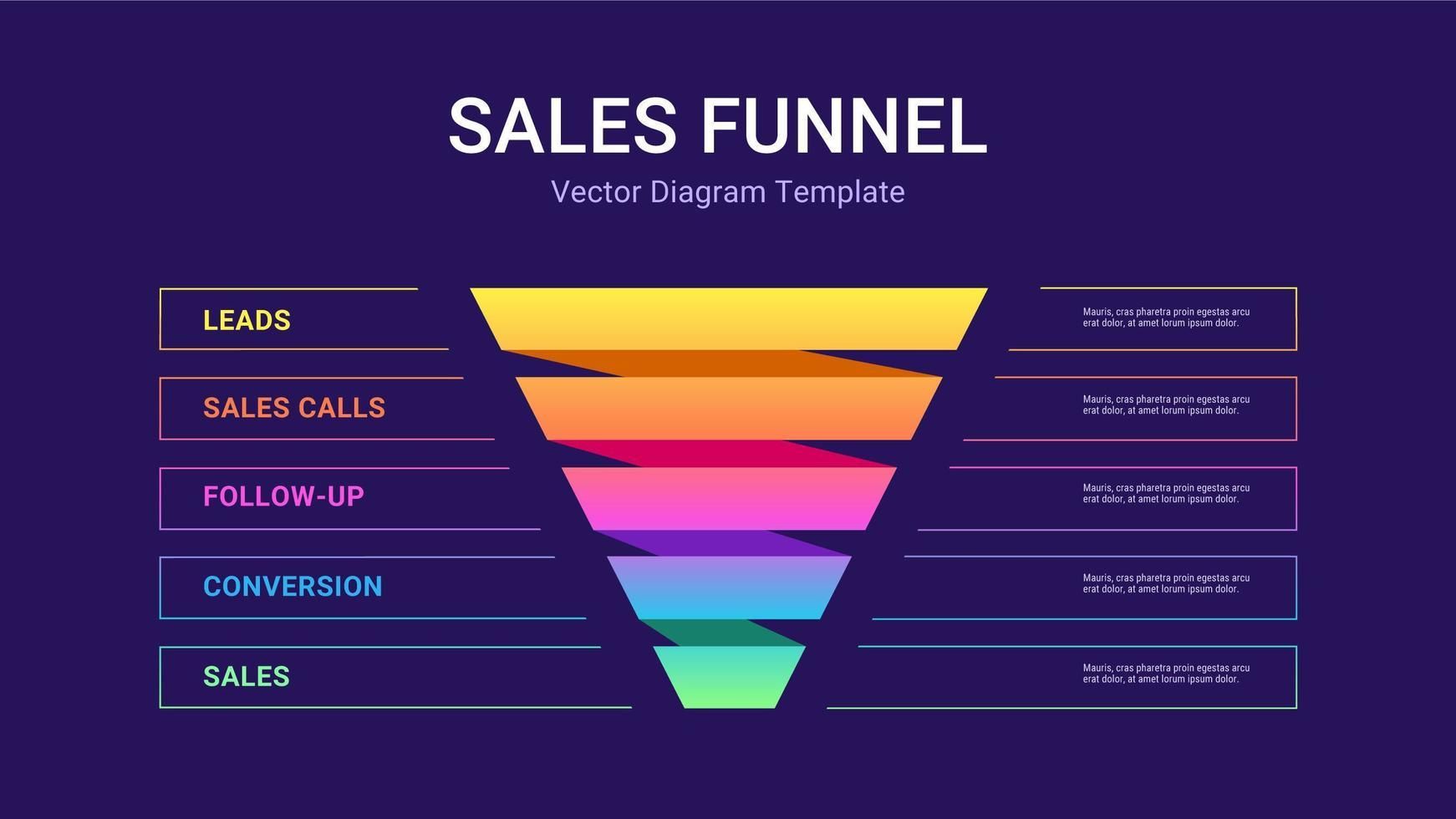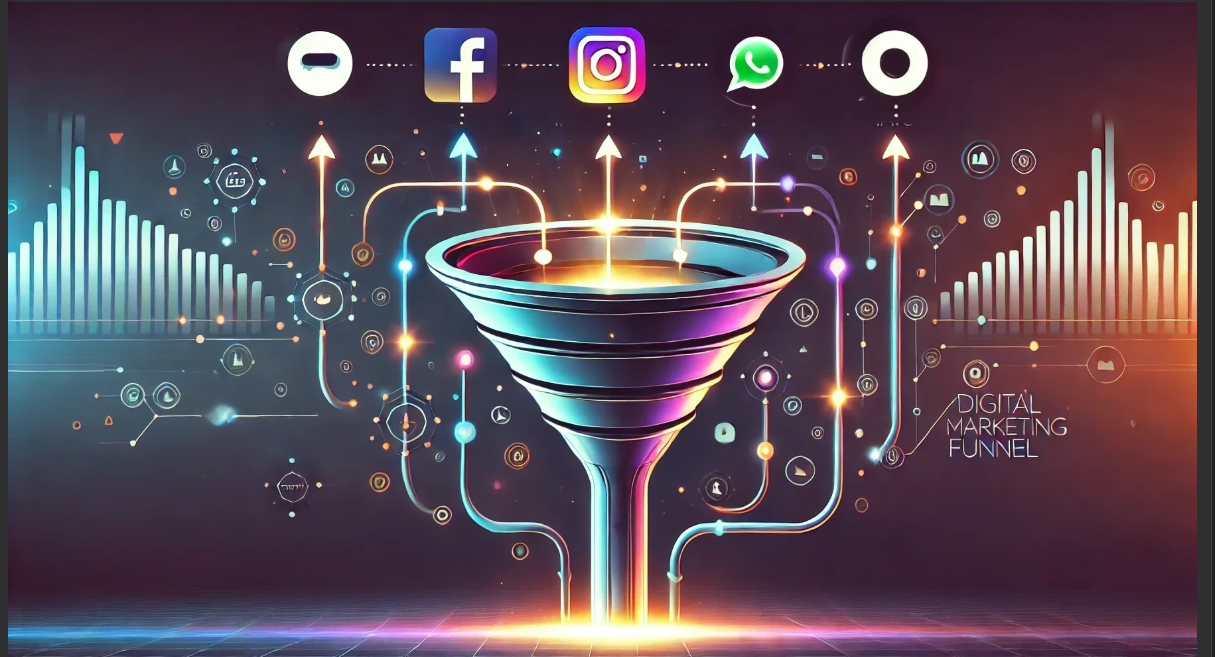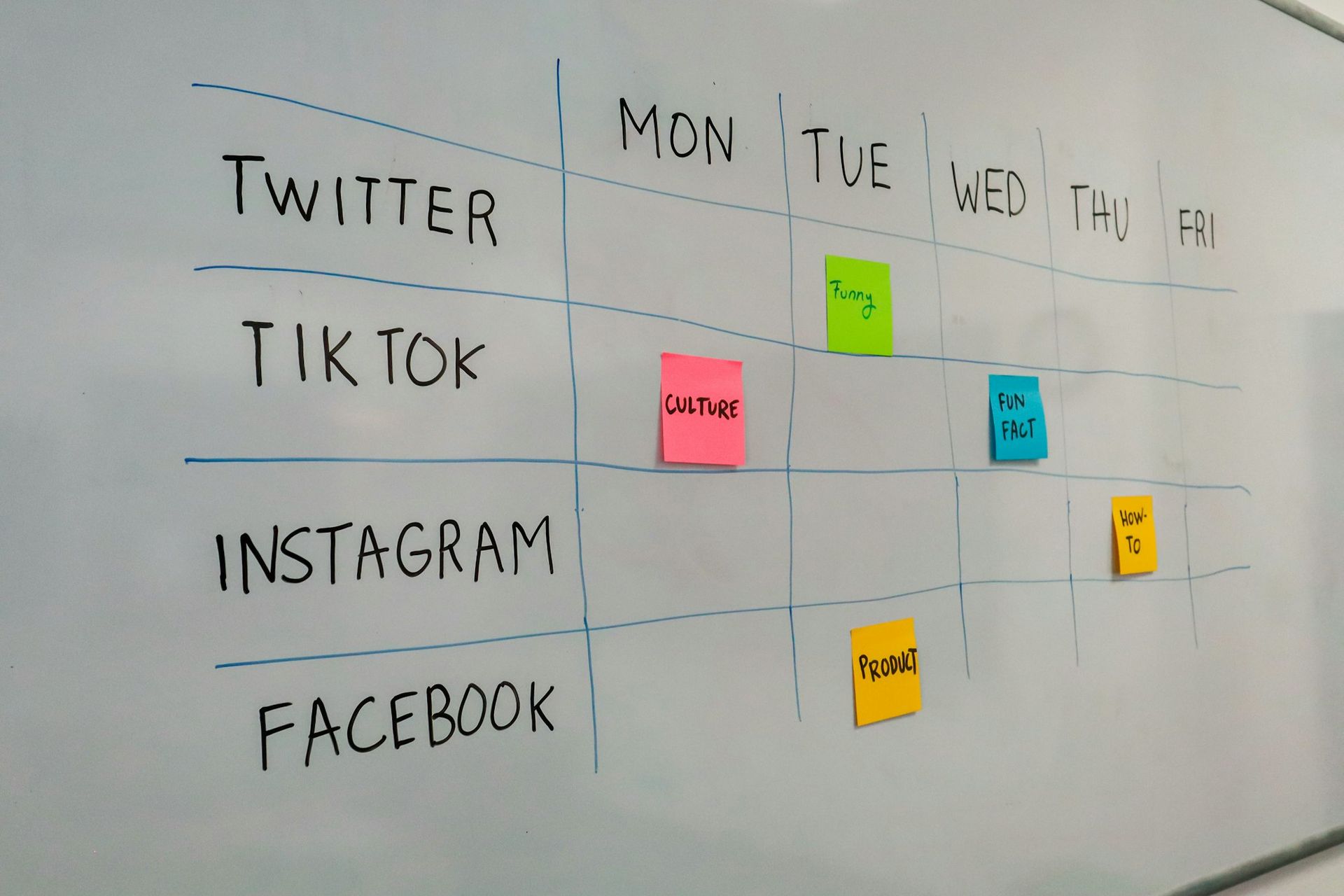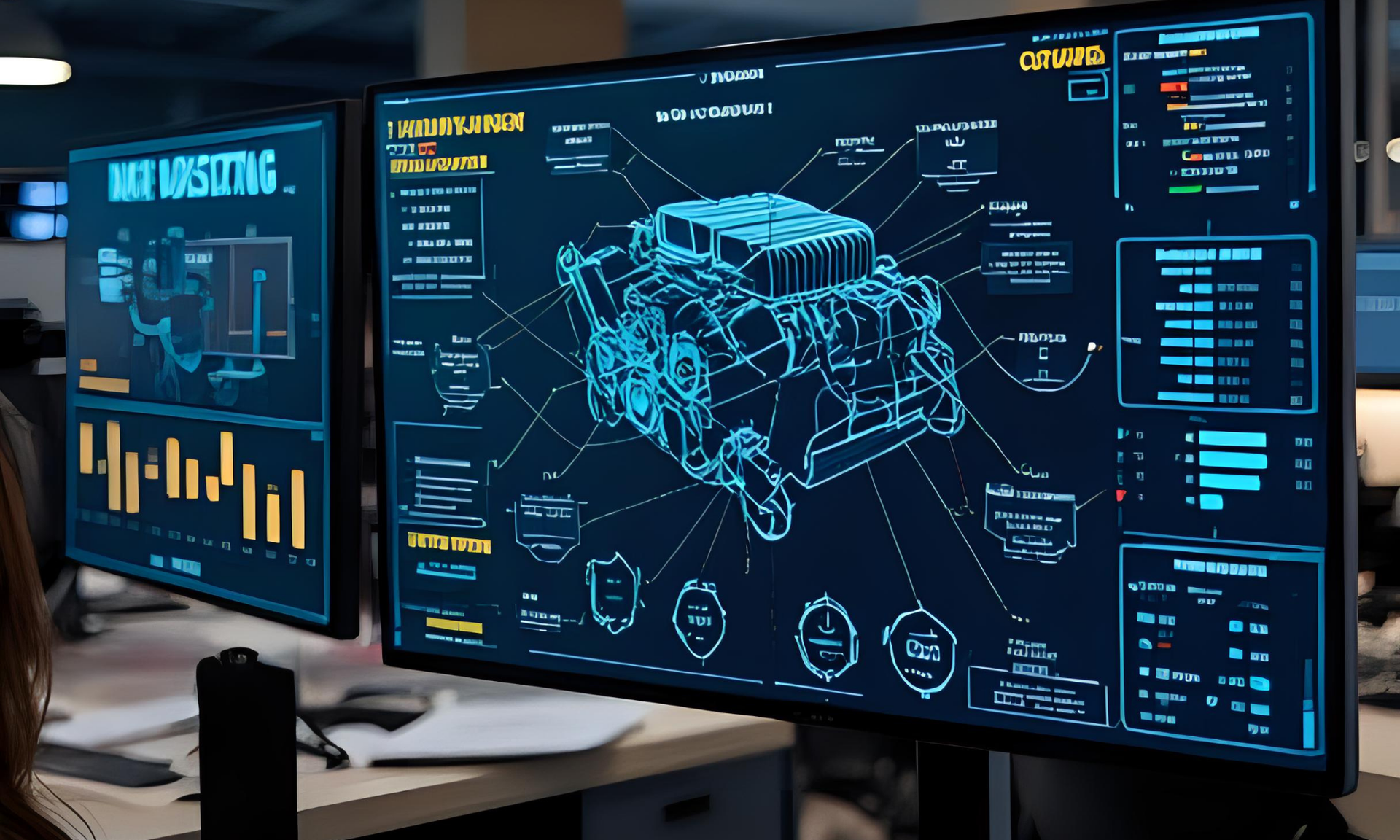Understanding the Differences - Web2 vs Web3
Understanding the Differences - Web2 vs Web3
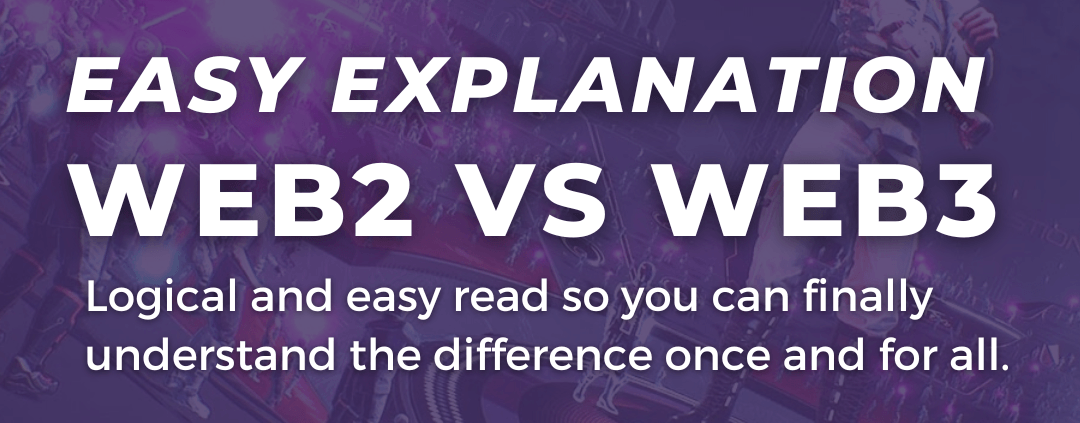
Here is an article that won't let you leave, without understanding the difference between Web 2.0 and Web 3.0, once and for all.
Web2.0 vs Web3.0 – What’s the Difference?
The internet has come a long way since its inception in the early 1990s. In the early days, the web was mostly used for simple information sharing between computers.
Over time, however, the web has become much more complex and sophisticated, to the point where it is now an integral part of our lives. Today, there are two main versions of the internet in use: web2 and web3. Let's get into the fundamental differences between the two completely different Internet Protocols:
The Fundamental Differences: Web2 vs Web3
Web2 is the second major version of the world wide web. It is characterized by increased user interactivity and social media integration. Web2 sites are typically built around community-driven content, such as blogs, forums, and social networking. Facebook, Twitter, and YouTube are all trademark examples of popular web2 sites.
This includes web2 marketing such as social media marketing and buying and selling products on web browsers, which is also different from web 3 marketing.
Web3, on the other hand, is the third major version of the world wide web. It is characterized by increased functionality and user-friendliness. Web3 sites are designed to be easy to use and navigate, with a focus on delivering a better user experience. One of the most popular examples of a web3 site is Opensea.io
You will use either web2 or web3 platforms depending on the reason for your digital interaction. If you’re looking for information or to communicate with others on social media, then web2 will likely be your answer.
However, if you’re accessing decentralized applications or smart contracts with the use of a digital wallet, then it's almost certain you are using a web3 protocol.
In Simpler Terms
Web2 is the "old" internet, which still sustains the majority of internet bandwidth today. It's based on HTML code and is static, meaning that it doesn't change much over time.
Web2 is also centralized, meaning that all of the user data is stored on servers that are owned by companies like Google, Facebook, and Amazon. As a result, these companies have a lot of control over what users can do and see online.
Web3, on the other hand, is the "new" internet and is based on a decentralized ledger technology (DLT), which allows user data to be stored on a network of computers instead of on central servers.
This makes web3 much more secure than web2, as there's no central point of failure that hackers can target. Additionally, because user data is stored on a decentralized network instead of on central servers, web3 is much more resistant to censorship than web2.
Use Cases of Web 2.0 vs Web 3.0
A more humanly explanation of Web2 versus Web3, and real life scenarios to depict the two clearly.
Web 2.0
Web 2.0 was the shift from read only, to read and upload, which is essentially all about user-generated content and collaboration.
An example of this is when Facebook and Myspace became mainstream. Particularly when users became able to upload their display pictures, update status, like and comment on other friends uploaded content and all social engagements you have experienced pre 2020's.
Another example of Web2 interactions is current-day eCommerce. For example, creating online businesses such as Shopify drop shipping stores, and selling products online. This is a major shift, because unlike before, creating a plug and play eCommerce store in Web3 will be faced with a couple challenges.
With regards to digital marketing in Web 2.0, it is seen as getting customers with Web2 Marketing funnels such as Paid Ads, SEO, Influencer Marketing and/or Community Marketing. This is when the user completes their journey from first impression to final click and conversion, completely on web2 protocols.
Paid Ads Impression > Landing Page View > Add to Cart > Checkout on Shopify
One of the main concerns for marketers is when it comes to reaching a target audience, due to personal data not being stored on a central authority like on web 1.0 or web 2.0. That is why we suggest working with a Web3 Agency to ensure you are using a best-practice web3 marketing strategy.
Web 3.0
A real life use case of web3 is not entirely possible to create in 2022, as most web3 platforms have some, if not many forms of web2 integrations.
For example, a retail store in the metaverse showcases a product. When you click on this product, it opens up a portal website browser to the brand's Shopify store. This is an example of an integrated Web3 marketing strategy.
We are a Web3 Marketing Agency that understands the blockchain and how to market products in the web3 ecosystem - contact us for more information.
In a perfect Web3 world (or should I say Metaverse), a complete customer journey would look like:
Sign into Decentralized App connected to 5G > Sign into decentralized metaverse using digital wallet from external hard storage > travelling to your destination from our Web3 Marketing Agency's metaverse billboard ads > purchase NFT wearables on it's marketplace.
Although that seems more complicated, users can easily access decentraland from any browser, and even play as a guest without setting up their digital wallets. From there, they would see our billboard advertisement 😉 travel to our metaverse retail store, click on their desired item and see how it can look on their avatar or person, then complete their purchase on their device's browser/
This is another prime example of an integrated Web3 marketing strategy. If you are a brand looking to sell products or NFT projects with web 3.0 marketing, contact our Web3 Marketing Agency today.
Recapping Use Cases
Web 3.0 is all about decentralized data. Web 2.0 was about connecting people to each other on centralized platforms [technology and infrastructure was/is still not ready to sustain the entire world's internet traffic on the blockchain].
In a nutshell, Web 2.0 was all about collaboration and Web 3.0 is all about data and collaboration as a community with data, as the world economy moves to digital solutions.
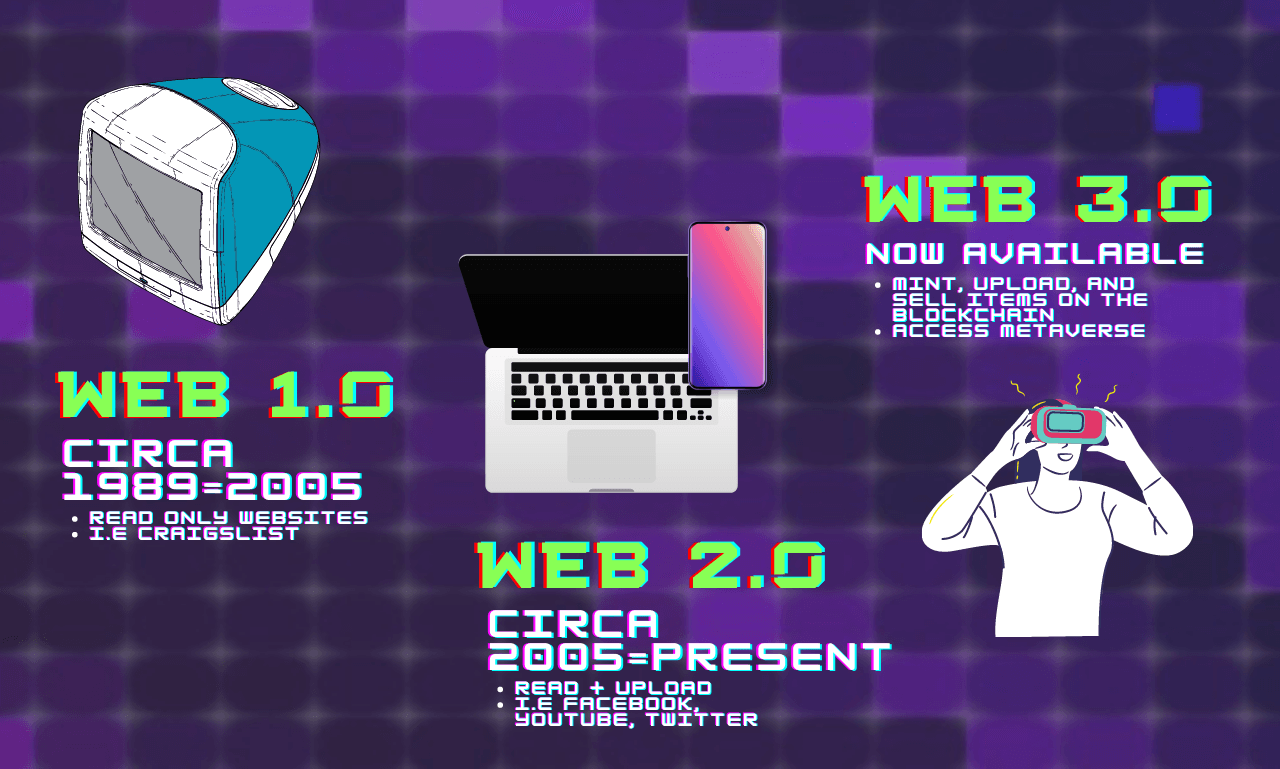
So what are some more specific use cases of Web 2.0 vs Web 3.0?
Web 2.0 gave rise to social networking sites like Facebook and LinkedIn. Web 3.0 is giving rise to semantic search engines like Hakia and Powerset, and having control over their data.
Web 2.0 gave rise to collaborative document editing with Google Docs. Web 3.0 is giving rise to ontology-based data management with projects like Sesame and Karma.
Web 2.0 gave rise to video and file sharing sharing sites like YouTube and Vimeo. Web 3.0 is giving rise to distributed video encoding/streaming with projects like P2P-Next and Datacasting with IPTV/DVB-H standards.
In short, while Web 2.0 was all about people connecting to each other, Web 3.0 is all about people connecting to data. This shift from social media to Semantic Web will have profound implications for how we search for information, how we manage our online identities, and how we interact with others online.
Conclusion
The internet has come a long way since its inception in the early 1990s. In the early days, the web was mostly used for simple information sharing between computers.
Over time, however, the web has become much more complex and sophisticated, to the point where it is now an integral part of our lives. Today, there are two major versions of the web in use – web2 and web3 – each with their own advantages and disadvantages.
Depending on your needs and purposes of using the internet, you will be on either Web2, Web3 or a mixture of the two (called Web2.5) If you’re looking for a simple way to share information or communicate with others, then web2 will likely suffice.












